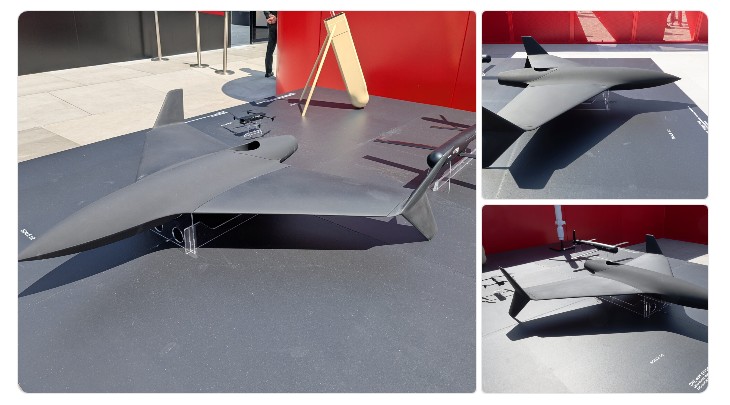European missile manufacturer MBDA has unveiled its new “One-Way Effector” (OWE) system — a long-range, expendable strike drone designed for mass production — during the 2025 Paris Air Show. The company says the platform can be manufactured at rates of up to 1 000 units per month, marking a shift toward scalable saturation tactics across European defence portfolios.
According to MBDA, the OWE combines the payload and range characteristics of a tactical cruise missile with the production economics of small unmanned systems. It carries an estimated 300 kg modular warhead and can reach targets beyond 500 km. The system is compatible with existing ground, naval and air launchers, and is intended to complement MBDA’s precision missile family rather than replace it.
The concept reflects a growing focus on “attritable” systems — low-cost munitions designed for high-volume deployment. By emphasising quantity and interoperability, MBDA aims to help European forces counter air-defence saturation scenarios similar to those seen in Ukraine. As one company executive told Breaking Defense, “the goal is to deliver credible strike mass at industrial scale.”

While the system’s guidance and communications architecture remain undisclosed, MBDA confirmed that the OWE can integrate with NATO-standard data links and support autonomous mission modes. Analysts note that such networking could introduce cyber-security challenges comparable to those faced by other networked weapon systems, though the company has not commented publicly on its defensive hardening or encryption model.
The OWE joins a broader portfolio of European “future effectors,” including the Fulgur VSHORAD and surface-launched ASRAAM variants. Defence Industry Europe reports that MBDA plans to demonstrate operational readiness by late 2026, following validation testing with partner armed forces. The company has not disclosed pricing or export partners.
The unveiling underscores Europe’s movement toward distributed, software-defined weapons ecosystems, with MBDA positioning itself as a bridge between traditional missile engineering and autonomous aerial combat capabilities.

